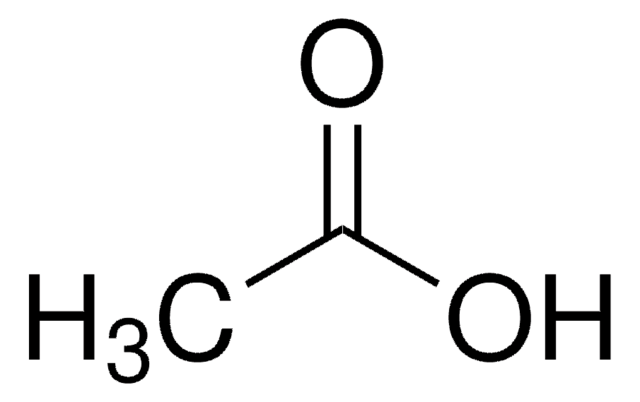257990
o-Toluenesulfonamide
99%
Synonym(s):
2-Methylbenzene-1-sulfonamide, 2-Methylbenzenesulfonamide, 2-Methylbenzenesulfonimidic acid, 2-Tolylsulfonamide, Toluene-2-sulfonamide, o-Methylbenzenesulfonamide, o-Toluenesulfamide
About This Item
Recommended Products
Quality Level
assay
99%
form
powder
mp
156-158 °C (lit.)
SMILES string
Cc1ccccc1S(N)(=O)=O
InChI
1S/C7H9NO2S/c1-6-4-2-3-5-7(6)11(8,9)10/h2-5H,1H3,(H2,8,9,10)
InChI key
YCMLQMDWSXFTIF-UHFFFAOYSA-N
Looking for similar products? Visit Product Comparison Guide
Related Categories
1 of 4
This Item | PHR1473 | 1672010 | 236330 |
|---|---|---|---|
| assay 99% | assay - | assay - | assay ≥99% |
| Quality Level 200 | Quality Level 300 | Quality Level - | Quality Level 200 |
| form powder | form - | form - | form solid |
| mp 156-158 °C (lit.) | mp 156-158 °C (lit.) | mp 156-158 °C (lit.) | mp 134-137 °C (lit.) |
General description
Application
- Dynamic ligand reactivity in a rhodium pincer complex.: Discusses the role of o-toluenesulfonamide as a ligand in advanced chemical syntheses, demonstrating its utility in creating reactive intermediates for catalytic processes (Tang et al., 2015).
- Reaction of arylium ions with the collision gas N2 in electrospray ionization mass spectrometry.: Highlights the use of o-toluenesulfonamide in mass spectrometry studies to understand ionization mechanisms, aiding in the identification of complex chemical structures (Liang et al., 2015).
- Benzosulfonamides in wastewater: method development, occurrence and removal efficiencies.: Focuses on the development of methods to detect and remove o-toluenesulfonamide from wastewater, emphasizing its prevalence and the challenges associated with its elimination (Ajibola et al., 2015).
signalword
Warning
hcodes
Hazard Classifications
Carc. 2 - Eye Irrit. 2
Storage Class
11 - Combustible Solids
wgk_germany
WGK 2
flash_point_f
Not applicable
flash_point_c
Not applicable
ppe
Eyeshields, Gloves, type P3 (EN 143) respirator cartridges
Choose from one of the most recent versions:
Already Own This Product?
Find documentation for the products that you have recently purchased in the Document Library.
Articles
The synthesis of biaryl compounds via the Suzuki–Miyaura coupling reaction has become more commonplace now that many arylboronic acids are readily available.
Our team of scientists has experience in all areas of research including Life Science, Material Science, Chemical Synthesis, Chromatography, Analytical and many others.
Contact Technical Service









